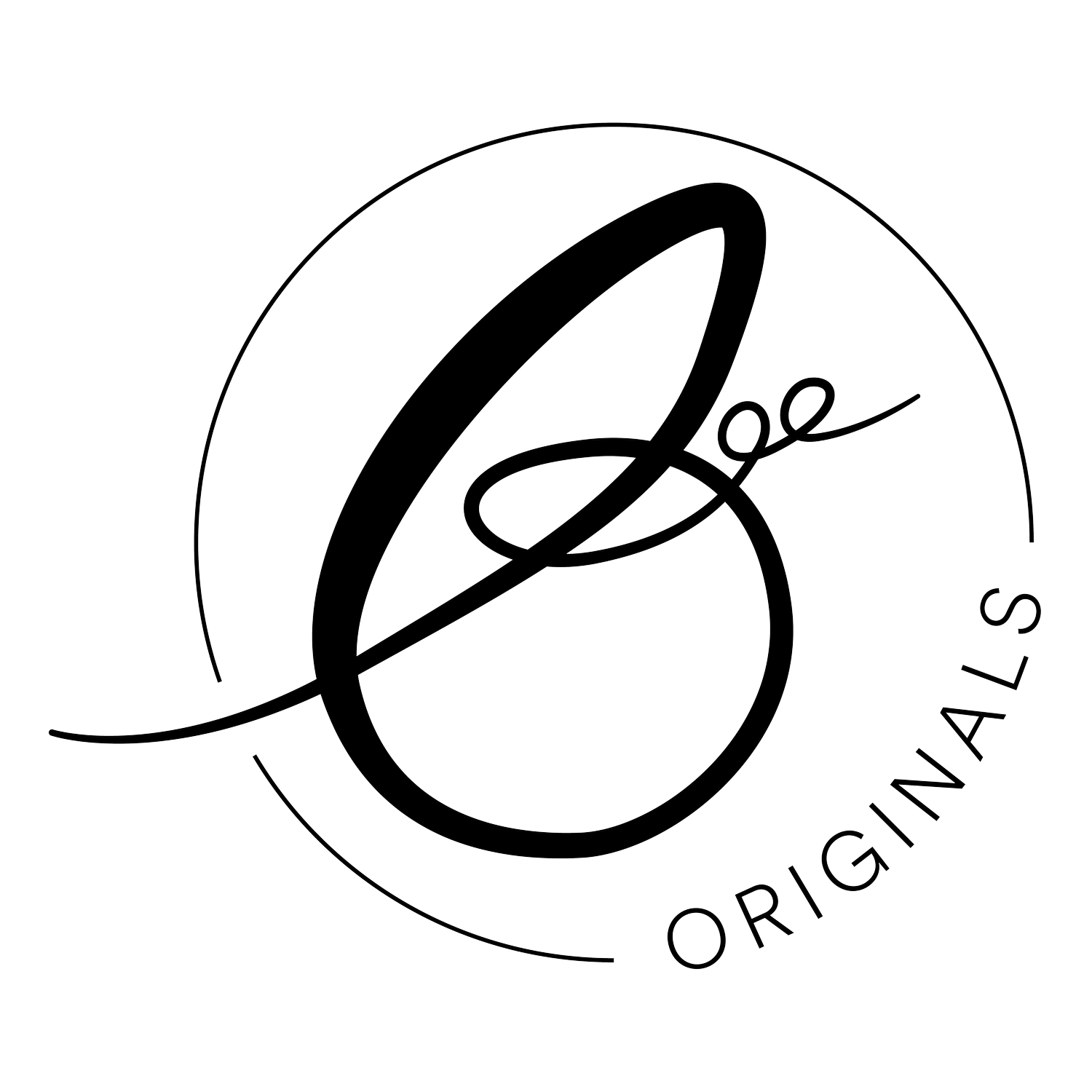Navigating the Fine Print: Safeguarding Your Art in Online Galleries and Selling Platforms
In this digital age we live in, the realm of art has expanded beyond the means of traditional galleries, with online platforms offering artists access to global audiences. Although exciting, the allure of virtual exhibition spaces and lucrative selling opportunities also holds warnings - and this where I like to point you to the fine print – often overlooked but crucial to protecting artists' rights and creations.
I’ve decided to write this blog in response to a number of such pages starting here in New Zealand (and no doubt internationally), because I really just want to warn people about some of the hidden TERMS and CONDITIONS that are lurking within the fine print.
I actually listened to an eye opening podcast, which responded to exactly this question so head here for a listen if you don’t have time to read! https://open.spotify.com/episode/3QVEG0fCdAn7MByGE7hPiF?si=slRRFNP8Ql6NWAQxAszUaA
*** The Rise of Online Art Galleries and Selling Platforms
Online art galleries and selling platforms have democratised the art market, empowering artists to showcase and sell their work with minimal barriers. From established platforms to emerging marketplaces, artists have a plethora of options to exhibit their creations to a diverse audience.
BUT…..while the convenience and reach of online platforms are undeniable, I implore you to tread cautiously when signing up. The devil lies in the details of the terms and conditions, where unsuspecting creators may inadvertently surrender their rights.
One common clause that artists should scrutinize is the perpetual usage rights granted to the platform. This language, often buried in the fine print, essentially grants the platform unrestricted use of the artist's images indefinitely, even beyond the duration of their partnership! There is a current selling platform right here in New Zealand that holds such a clause and I sincerely hope the artists that have joined, have looked very carefully at that point!
This clause means simply, that once uploaded, the platform may retain the right to use the artist's work for purposes beyond mere display and sale, without the artist's consent or compensation FOREVER!!!! So even after you have closed your account, the platform technically has rights over your images still. Scary huh?
***Protecting Your Artistic Integrity and Rights
To safeguard our creations and autonomy, we need to adopt a vigilant approach when engaging with online galleries and selling platforms. Here are some essential steps to mitigate risks.
1. **Thoroughly Review Terms and Conditions:** Before signing up, meticulously scrutinise the platform's terms and conditions, paying close attention to clauses pertaining to ownership rights, usage rights, and termination policies. I know, I always want to look at where a platform is based, and think, “oh, they’re NZ run, it must be OK”…..this is NOT the case.
2. **Seek Legal Counsel if Necessary:** If the terms are convoluted or raise red flags, consider consulting a legal expert specialising in intellectual property rights. They can provide invaluable insights and help negotiate fairer terms that protect your interests.
3. **Opt for Platforms with Transparent Policies:** Prioritise platforms that prioritsze transparency and respect your rights. Look for clear and concise terms that explicitly outline ownership and usage rights, ensuring that artists retain control over their creations.
4. **Regularly Monitor and Update Permissions:** Periodically review the platforms' policies and permissions associated with your artwork. If necessary, revoke or amend permissions to align with your evolving preferences and business strategies.
5. **Diversify Your Online Presence:** Instead of relying solely on one platform, diversify your online presence across multiple platforms and channels. This not only expands your reach but also mitigates the risk of overexposure or exploitation by any single entity.
As we navigate the labyrinth of online art galleries and selling platforms, we need to be wary. By meticulously examining the fine print, seeking legal counsel when needed, and advocating for transparent and fair policies, we can assert greater control over our art and safeguard our artistic integrity for generations to come.
Remember, while the allure of online platforms may be enticing, it's essential to approach them with a discerning eye and a commitment to protecting your rights as a creator. After all, your art is not just a commodity – it's a manifestation of your creativity, passion, and identity.
I hope that helps!

